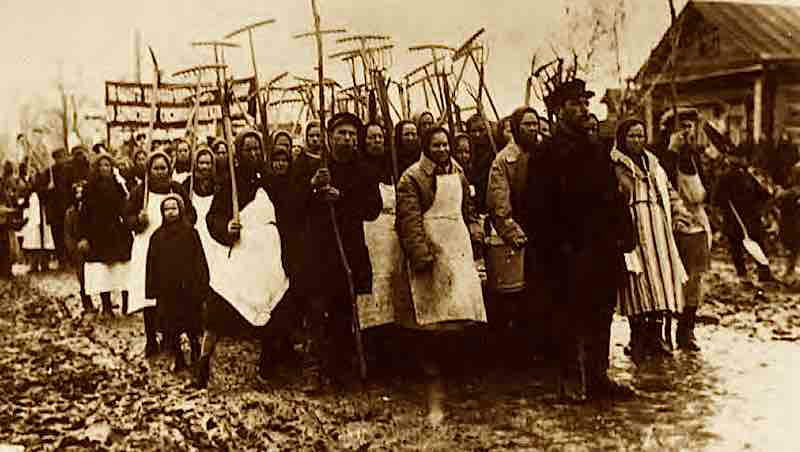
In 1829, as the population of Ariège continued to grow and farmers became poorer, King Charles X decided to take back the state-owned land from the communes by setting up a new forestry administration.
The aim was to restore the forest, which had been hollowed out by centuries of logging.
The new regulations governed “the use of the forests, in particular with regard to wood gathering, cutting and, above all, grazing (now prohibited), the right of marooning, and hunting, fishing and gathering rights”.
Since the Middle Ages, the remote Couserans and Ariège high valleys have been virtually self-sufficient.
The forest ensures the survival of the population, which considers it its own.
The peasants of the Bellongue, Bethmale and Biros valleys, as well as Massat, rose up in revolt, and “Les Demoiselles” took to the stage.
Disguised as women in long white shirts, scarves or wigs, their faces blackened or hidden, the men attacked, preferably at night, large landowners, forest guards and gendarmes, blacksmiths and charcoal burners.
Unorganized and lacking in political awareness, the peasants waged this war with few weapons.
But these simple, straightforward actions against anyone who interfered with the free use of the forests quickly became popular, and the movement soon spread to neighbouring regions of the Ariège département.
Underneath the carnival aspect of the event, the “Demoiselles” spread an atmosphere of fear.
From the summer of 1830 onwards, the actions became more violent and spread throughout the Ariège, directed in particular against the ironmasters.
This fear and violent action prompted the authorities to introduce amnesty measures and relax the laws governing the forestry administration.
This conflict, intense from 1829 to 1832, lasted until 1872.
In all, the revolt claimed only two lives in 43 years. On the side of the “parti de l'ordre”, a forest ranger was shot dead by peasants in 1867, and on the side of the “Demoiselles”, François Baron was killed by forest rangers in 1832.
Translated with DeepL.com
(free version)




